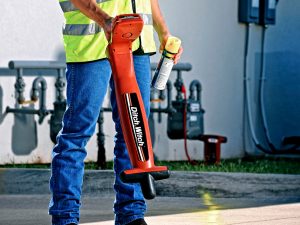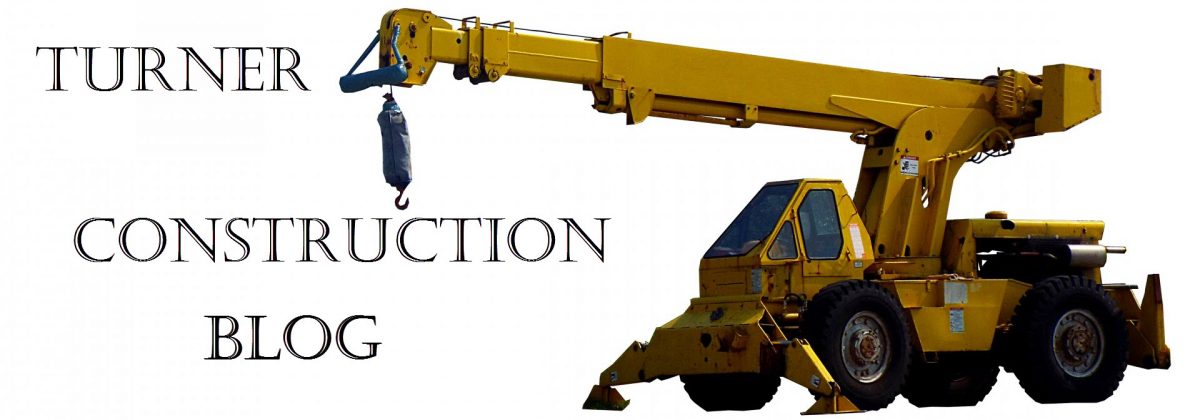Utility locating contractors are committed to ensuring that different areas belonging to utility owners and contractors are safe for digging and rehab. Their activity is based on modern equipment, Subsurface Utility Engineering and performed by trained technicians.
Utility locating services include:
- Underground utility locating
These investigations are performed to decrease the risk of hitting and damaging utilities like Cable TV, electric cables, pipes, telephone lines etc. , which would not be only dangerous but also very expensive and disruptive.
- Asset management
Assets are components of water systems (valves, pipes, wells, pumps, hydrants etc.) and can be visible or invisible (buried). These components age and consequently the water system deteriorates or may even become compromised. Asset management refers to dealing with these aging assets in order to ensure long-term durability and sustainability of the water system: suggesting maintenance operations, as well as the right time for repairs, replacements and rehabilitation, in a cost-effective manner. These procedures are implemented in a programmatic way, in order to be efficient. The asset management plan typically has five components: asset inventory, critical assets, service level, revenue structure and improvements.
The benefits of asset management:
- Water utilities will remain functional for present and future customers
- efficiency in operating the system
- maintaining public health and safety
- providing an essential customer service
Teaming with a utility locating contractor  will make asset inventory and management truly beneficial.
will make asset inventory and management truly beneficial.
- Ground Penetrating Radar
This method is used to improve the locating results, being able to help to detect cables, pipes and other utilities, providing a picture of what is placed underground, which is great in situations that require high precision.
Ground penetrating radar solutions are made of a control unit, an antenna and a power supply, being easy to use in order to quickly identify and mark the precise location of different utilities (metallic and non-metallic), as well as for environmental assessment, geological investigations, road inspections, archeology and more.
- Structure Scan
A structure scan is a high-resolution system, used for concrete inspection (locating metallic and non-metallic targets hidden in floors, walls or ceilings), structure inspection of balconies, decks, walls, towers, monuments etc., condition assessment for rehab planning and void location.
- Vacuum Excavation
This method is typically used upon specific characteristics related to the environment (soil type) and consists of water pressure or air pressure to break up the soil and a vacuum device to remove the loosened particles of soil and rock.
- Sewer locating
Sewer lines, as well as empty conduits, can be detected using different Colorado utility locate strategies and equipment:
- a duct rodder with a locator, or a fish tape with a snake on the end, inserted into the pipe to mark its path, using a sonde attached to them and located through the frequency emitted by the sonde
- a special sewer camera which can also detect the condition of the pipe, different faults etc.
Utility locating services are performed with specific locating methods that involve either direct connection (very accurate and providing the most locating options) or induction (based on inducing a signal onto a utility, which then travels from transmitter to the target line).
